

Articles
How To Raised Garden Bed
Modified: January 6, 2024
Learn how to create a beautiful and functional raised garden bed with our comprehensive gardening guide. Start growing your own fruits, vegetables, and flowers today!
(Many of the links in this article redirect to a specific reviewed product. Your purchase of these products through affiliate links helps to generate commission for Storables.com, at no extra cost. Learn more)
Introduction
Welcome to the world of raised garden beds! If you have a passion for gardening or have always dreamed of having your own flourishing vegetable patch, then this article is for you. Raised garden beds are an increasingly popular method of gardening, offering numerous benefits and advantages over traditional in-ground planting.
Whether you have a small backyard, limited soil quality, or simply prefer a more organized and manageable garden space, raised garden beds can provide the perfect solution. This article will guide you through the process of creating and maintaining your own raised garden bed, ensuring a bountiful harvest and a beautiful garden to enjoy.
So, what exactly are the benefits of raised garden beds? Firstly, raised beds provide better drainage, preventing waterlogging and ensuring that plants’ roots have access to the oxygen they need to thrive. This is especially beneficial in areas with heavy clay soils that tend to retain water. Additionally, raised beds can help prevent soil erosion and compaction, as you won’t be walking on the soil and compacting it like you would in a traditional garden.
Creating a raised garden bed also allows you to have more control over the soil quality and fertility. You can fill your beds with a custom soil mix that suits the specific needs of your plants, ensuring optimal growth and productivity. This is particularly advantageous if you have poor quality soil in your yard, as you can bypass the limitations of your existing soil and provide your plants with a fertile foundation.
Another advantage of raised garden beds is their versatility. With raised beds, you have the flexibility to set the height and width according to your preference and physical capabilities. This means less bending and kneeling, making it easier on your back and knees, especially for those with mobility issues. If you enjoy container gardening, raised beds can also be a great alternative, providing more space and better drainage compared to traditional pots.
Now that you’re convinced about the benefits of raised garden beds, let’s explore how to get started. In the next sections, we will delve into finding the perfect location for your raised garden bed, choosing the right materials and tools, constructing the bed itself, filling it with quality soil, selecting the optimal plants, maintaining the garden, and finally, reaping the rewards of your hard work with a bountiful harvest.
Key Takeaways:
- Enjoy the benefits of raised garden beds, from improved soil quality to extended growing seasons. Embrace the accessibility and versatility they offer, creating a vibrant and bountiful garden oasis.
- Embrace the joy of harvesting your homegrown produce from a thriving raised garden bed. Share the bounty, savor the flavors, and celebrate the rewards of your hard work and dedication.
Read more: Why A Raised Garden Bed
Benefits of Raised Garden Beds
Raised garden beds offer a multitude of benefits that make them a popular choice among gardening enthusiasts. Let’s explore some of the advantages and why you should consider incorporating raised beds into your gardening routine.
- Better Soil Quality: One of the major advantages of raised garden beds is the ability to create and control the soil quality. By filling the beds with a custom soil mix, you can ensure that your plants have access to the right nutrients, moisture retention, and drainage. This is especially beneficial if you have poor quality or compacted soil in your yard.
- Improved Drainage: Raised beds elevate the planting area, allowing excess water to drain more effectively. This prevents waterlogging and ensures that the plant roots have proper oxygen supply. The improved drainage also minimizes the risk of plant diseases caused by excessively wet soil.
- Reduced Weeds: Raised garden beds provide a controlled environment that makes it easier to manage weeds. With defined boundaries and clean soil, you can minimize the intrusion of weeds into your garden. Additionally, the elevated height of raised beds makes it more comfortable to reach and remove any unwanted vegetation.
- Optimal Plant Growth: The controlled soil conditions in raised garden beds promote healthy root development and allow plants to grow to their full potential. With the ability to tailor the soil composition to suit specific plant needs, you can create an ideal growing environment, resulting in stronger and more productive plants.
- Extended Growing Season: Raised beds can warm up faster in the spring, allowing you to start planting earlier in the season. The elevated position also helps to extend the growing season in cooler regions by providing better air circulation and heat retention. This means you can enjoy fresh produce for a longer period of time.
- Accessibility: The raised height of the garden beds makes gardening more accessible and enjoyable for people with physical limitations or mobility challenges. Bending and kneeling are minimized, reducing strain on the back and knees. This makes it easier for individuals of all ages to engage in gardening activities.
- Aesthetically Pleasing: Raised garden beds can enhance the visual appeal of your outdoor space. You can design and arrange the beds in various shapes, sizes, and configurations to create an attractive landscape. They can add structure, texture, and color to your garden, turning it into a beautiful focal point.
- Efficient Space Utilization: By using raised garden beds, you can maximize the space in your yard. The beds can be built in various dimensions and shapes, allowing you to make the most of your available area. This is particularly beneficial for those with limited space or urban gardeners who want to optimize their growing area.
As you can see, raised garden beds offer a wide range of benefits that can greatly enhance your gardening experience. From improved soil quality to easier maintenance and extended growing seasons, they provide the perfect solution for gardening enthusiasts of all levels. So, why wait? Start planning and building your raised garden bed today and enjoy all the rewards it brings.
Finding the Perfect Location
The location of your raised garden bed plays a crucial role in the success of your gardening endeavors. When selecting a spot for your bed, consider these important factors to ensure optimal growing conditions for your plants.
- Sunlight: Most vegetables, herbs, and flowers thrive in full sun, which is typically defined as a minimum of six hours of direct sunlight per day. Look for a location in your yard that receives ample sunlight throughout the day, preferably in the morning and early afternoon. Avoid areas that are shaded by trees, buildings, or other structures that can obstruct sunlight.
- Accessibility: Choose a location that is easily accessible for watering, tending to plants, and harvesting. Having your raised garden bed within reach of a water source will make it more convenient for regular irrigation. Additionally, consider factors such as proximity to your house or outdoor living spaces to ensure that you can enjoy your garden without inconvenience.
- Soil Drainage: Ensure that the location you choose has good soil drainage. Avoid low-lying areas or spots that tend to accumulate standing water after rainfall. Excess water can lead to root rot and other water-related issues that can harm your plants. If necessary, you can improve drainage by adding amendments or opting for raised beds with proper drainage systems in place.
- Wind Exposure: Take note of any prevailing winds in your area and choose a location that provides some protection from strong gusts. Strong winds can damage delicate plants or cause excessive evaporation, leading to moisture stress. If your yard is consistently windy, consider adding windbreaks such as fences, hedges, or trellises to shield your garden bed.
- Proximity to Trees: While trees can provide shade and enhance the aesthetic appeal of your garden, they can also compete with your plants for water and nutrients. Avoid locating your raised bed too close to large trees, as their extensive root systems can extract resources from your garden bed. Additionally, leaf litter and shade from trees can impact sunlight availability and impact plant growth.
- Visual Appeal: Consider the aesthetic aspect of your garden bed’s location. If possible, choose a spot that can be easily admired and appreciated from your home or outdoor living spaces. A visually pleasing garden can enhance your enjoyment of the space and add to the overall beauty of your yard.
By keeping these factors in mind, you can select the perfect location for your raised garden bed. Remember to assess your specific yard conditions and make adjustments as needed to create an ideal environment for your plants. Once you have identified the right spot, you can proceed with building your raised bed and preparing the soil for planting.
Building Materials and Tools
Before you start constructing your raised garden bed, it’s essential to gather the necessary materials and tools. Having the right supplies will make the process easier and ensure that your raised bed is built to last. Here’s a list of commonly used materials and tools for building a raised garden bed:
- Wood: The most popular choice for constructing raised beds is wood. Cedar and redwood are highly recommended due to their natural resistance to rot and insect damage. Look for untreated, sustainably sourced lumber to avoid any potential chemical leaching into the soil.
- Bricks or Stones: Another option for constructing raised beds is using bricks or stones. These can create a sturdy and long-lasting garden bed. Make sure to choose materials that are suitable for outdoor use and are stable enough to hold the weight of the soil.
- Hardware: Depending on the design of your raised bed, you may need various types of hardware such as screws, nails, or brackets. Stainless steel or galvanized hardware is recommended to prevent rusting and ensure durability.
- Measuring Tape and Level: Accurate measurements and proper leveling are essential for a well-built garden bed. Use a measuring tape to determine the dimensions of your raised bed and a level to ensure that it is perfectly horizontal.
- Power Drill or Screwdriver: If you’re using wood, a power drill or screwdriver will come in handy for attaching the boards together. Pre-drilling pilot holes can prevent splitting and make the assembly process smoother.
- Shovel or Spade: You will need a shovel or spade to remove the grass or vegetation in the area where you plan to place your raised bed. This will create a clean and level base for your construction.
- Wheelbarrow: A wheelbarrow will be useful for transporting soil, compost, and other materials needed for filling your raised bed. It can save you time and effort by allowing you to move larger quantities at once.
- Gardening Gloves: Protect your hands while working by wearing gardening gloves. They will shield your skin from blisters, splinters, and any potential contact with bacteria or allergens in the soil.
- Protective Gear: Depending on the materials you are using, you may need safety glasses or a dust mask to protect your eyes and respiratory system from any potential hazards, such as sawdust or debris.
These are the basic materials and tools you’ll need to construct your raised garden bed. Remember to choose high-quality materials that are resistant to rot and decay. It’s also a good idea to have all the necessary tools assembled before you start building to streamline the process. Once you have everything ready, you can move on to constructing your raised garden bed.
Constructing the Raised Garden Bed
Now that you have gathered all the necessary materials and tools, it’s time to start building your raised garden bed. Follow these steps to construct a sturdy and functional bed:
- Choose the size and layout: Determine the dimensions and shape of your raised bed. Common sizes range from 4×4 feet to 4×8 feet, but feel free to customize it to suit your available space and gardening needs.
- Prepare the site: Clear the area where you plan to place your raised bed. Remove any grass, weeds, rocks, or debris. Use a shovel or spade to level the ground if necessary.
- Assemble the sides: If you’re using wood, cut the boards to the desired length. Attach the boards together using screws or nails, creating a rectangular frame. Make sure the corners are square and the frame is level.
- Stabilize the corners: To reinforce the corners of the frame, you can use corner brackets or additional pieces of wood. This will provide extra stability and prevent the sides from bowing out over time.
- Place the bed: Move the assembled frame to your prepared site. Ensure that it is positioned level and aligns with your desired layout. If using bricks or stones, stack them to create a solid structure.
- Secure the bed: If you’re using wood, you may want to anchor the bed to the ground to prevent shifting or movement. You can use metal stakes or rebar driven into the ground at each corner and then attach the bed to them with screws or brackets.
- Optional: Add a bottom layer: If you want to create a barrier between your raised bed and the existing soil, you can add a layer of landscape fabric or cardboard at the bottom. This can help prevent weeds from growing up into the bed.
- Fill the bed: Once your raised bed is secure, it’s time to fill it with soil. Use a mixture of high-quality garden soil, compost, and other organic amendments to create a nutrient-rich growing environment for your plants.
- Smooth and level the soil: After filling the bed, use a rake or gardening tool to level the soil surface. Remove any rocks or debris that may have been introduced during the filling process.
Now that your raised garden bed is constructed and filled with soil, you’re ready to move on to the next step: choosing the right plants. With the foundation of your garden in place, you can look forward to a successful growing season and a beautiful garden to enjoy.
When building a raised garden bed, use untreated wood or rot-resistant materials to prevent chemicals from leaching into the soil.
Read more: How To Start A Raised Bed Garden
Filling the Bed with Soil
Now that your raised garden bed is constructed, it’s time to fill it with high-quality soil. The soil you use will provide the essential nutrients and support for your plants’ growth and development. Here’s a step-by-step guide to properly fill your raised bed:
- Calculate the volume: Measure the length, width, and depth of your raised bed to determine its volume in cubic feet. This will help you calculate the amount of soil you will need. Remember that the soil will settle over time, so it’s better to overestimate slightly.
- Choose your soil: Opt for a mix of garden soil, compost, and other organic amendments. This will ensure a nutrient-rich and well-draining soil environment for your plants. You can either purchase pre-made soil mixes or create your own by combining equal parts of garden soil, compost, and other amendments like aged manure or perlite.
- Add amendments: Depending on the specific needs of your plants, you may need to add specific amendments to the soil mix. For example, if you’re growing acid-loving plants like blueberries, adding peat moss or acidic compost can help create the optimal pH level.
- Fill the bed: Begin filling your raised bed with the soil mixture. Using a shovel or a garden trowel, distribute the soil evenly throughout the bed, pressing it down gently as you go. Fill the bed to within a few inches from the top to allow room for watering and to prevent the soil from spilling over during heavy rainfall.
- Level the soil: Once the bed is filled, use a rake or the back of a garden hoe to level and smooth out the soil surface. This will ensure even water distribution and provide a uniform planting area for your seeds or transplants.
- Water the soil: Before planting, thoroughly water the soil in your raised bed. This will help settle the soil and ensure proper hydration for your plants. Aim to moisten the soil to a depth of 6-8 inches.
- Monitor soil moisture: Throughout the growing season, it’s important to monitor the moisture level in your raised bed. Check the soil regularly by sticking your finger into the soil up to the second knuckle. If it feels dry at that depth, it’s time to water. Remember that raised beds may require more frequent watering compared to in-ground gardens due to faster drainage.
- Top-dress with compost: To maintain soil fertility and provide ongoing nutrients, consider top-dressing your raised bed with compost once or twice a year. Simply spread a thin layer of compost over the soil surface and gently work it into the top layer. This will replenish the organic matter and support healthy plant growth.
Filling your raised bed with quality soil is a crucial step in ensuring the success of your garden. By providing the right nutrients, drainage, and moisture retention, you’ll create an optimal growing environment for your plants. With the soil in place, you’re now ready to select and plant the perfect crops for your raised garden bed.
Choosing the Right Plants
Now that your raised garden bed is filled with nutrient-rich soil, it’s time to choose the right plants to cultivate in your garden. The selection of plants will depend on various factors, including your location, climate, sun exposure, and personal preferences. Here are some steps to help you make the best choices for your raised bed:
- Consider your gardening goals: Determine the purpose of your garden bed. Are you growing vegetables for fresh produce? Do you want to create a colorful flower bed? Are you interested in growing herbs for culinary or medicinal purposes? Knowing your gardening goals will guide your plant selection process.
- Assess your growing conditions: Take note of the specific conditions in your raised bed, such as sunlight, temperature, and soil moisture. Different plants have different requirements, so choose varieties that will thrive in the given conditions. Consider the average number of hours of sunlight your garden bed receives and whether it is exposed to full sun, part shade, or full shade.
- Select appropriate plant types: Determine the types of plants that are best suited for your raised bed. This could include vegetables, herbs, fruits, or flowers. Consider factors such as the size of your bed, the amount of space available, and the height of the plants at maturity to ensure they fit comfortably within the raised bed.
- Research plant varieties: Look for plant varieties that are known to perform well in raised beds and are suitable for your region’s climate. Consider factors such as disease resistance, flavor, yield, and days to maturity for vegetables. For flowers, look for varieties that bloom prolifically and have a long flowering season.
- Plan for companion planting: Explore the concept of companion planting, where certain plants are grown together to benefit each other. Some plants have natural pest-repellent properties or attract beneficial insects that can help control pests. Consider planting herbs like basil, marigolds, or nasturtiums to deter pests and attract pollinators.
- Think about succession planting: If you have limited space, consider succession planting, which involves planting crops in stages to maximize your yield. After one crop is harvested, you can replant the same area with a different crop that will mature later in the season. This allows you to make the most of your raised bed throughout the growing season.
- Consider crop rotation: If you plan to grow vegetables, take into account the principles of crop rotation. Avoid planting the same family of plants in the same spot year after year to prevent the buildup of soil pathogens and nutrient deficiencies. Rotate between plant families every season to maintain soil health and plant vitality.
- Experiment and have fun: Don’t be afraid to try new plants and varieties in your raised garden bed. Gardening is a continuous learning process, and experimentation is part of the joy. Try growing a mix of familiar plants and something new to keep things interesting and expand your gardening horizons.
By carefully selecting the right plants for your raised garden bed, you can create a thriving and productive garden. Remember to pay attention to plant requirements, spacing, and compatibility to maximize your garden’s potential. With thoughtful planning and strategic plant choices, your raised bed will be a vibrant and abundant source of fresh produce, fragrant herbs, or beautiful blooms.
Maintaining the Raised Garden Bed
Maintaining your raised garden bed is essential to ensure the health and productivity of your plants. Regular care and attention throughout the growing season will help you address potential issues, promote plant growth, and enjoy a bountiful harvest. Here are some important maintenance practices for your raised bed:
- Watering: Proper watering is crucial for the success of your garden. Monitor the moisture levels in your raised bed and ensure that the soil remains consistently moist, but not waterlogged. Aim for deep, thorough watering sessions rather than frequent shallow watering, as this encourages the development of deep and robust root systems.
- Weeding: Keep an eye out for weeds in your raised bed and promptly remove them to prevent competition for resources and the spread of pests/diseases. Regular weeding will help your plants thrive by reducing competition for nutrients, water, and sunlight.
- Pruning and Training: Some plants, such as tomatoes or cucumbers, may require pruning and training to promote healthy growth and maximize yield. Remove any damaged or diseased plant parts and provide support such as stakes, trellises, or cages to keep plants upright and prevent them from sprawling.
- Fertilizing: Periodically replenish the nutrient levels in your raised bed by applying organic fertilizers or compost. This will provide the necessary nutrients for your plants to thrive. Follow the product instructions for the correct application rates and timing, and avoid over-fertilizing, which can lead to imbalances or nutrient toxicity.
- Pest and Disease Control: Regularly inspect your plants for signs of pests or diseases. Early detection allows for prompt action. Consider using organic pest control methods such as handpicking pests, introducing beneficial insects, or applying natural pest repellents. If needed, use organic-approved disease and pest control products as a last resort.
- Mulching: Apply a layer of organic mulch, such as straw or wood chips, around your plants. Mulching helps retain soil moisture, suppresses weed growth, and regulates soil temperature. It also adds organic matter to the soil as it breaks down over time.
- Monitoring and Adjusting: Regularly monitor the growth and health of your plants. Observe for any signs of nutrient deficiencies, pest infestations, or other issues. Make necessary adjustments, such as adjusting watering frequency, providing additional support, or adding amendments to the soil, to address any problems that arise.
- Cleaning and Sanitizing: At the end of each growing season, clean out your raised bed by removing any plant debris or fallen leaves. This helps reduce the risk of pests and diseases overwintering in the garden bed. Consider sanitizing the bed if you’ve had any recurring issues with diseases. You can do this by removing the top layer of soil, solarizing the bed with clear plastic, or applying organic-approved sanitizing products.
With proper maintenance, your raised garden bed will flourish throughout the growing season, providing you with an abundant harvest of fresh fruits, vegetables, or flowers. Regular care, attention, and timely interventions will help you address challenges and create a thriving garden environment that you can enjoy for years to come.
Harvesting and Enjoying the Fruits of Your Labor
The joy of gardening culminates in the harvest season when you get to enjoy the fruits of your labor. Harvesting your homegrown produce from your raised bed is a satisfying and rewarding experience. Here are some tips to help you make the most of your harvest:
- Timing: Harvest your crops at the right time to ensure peak flavor and quality. Each plant has different indicators of readiness, such as color, size, or texture. Consult seed packets, gardening guides, or online resources to learn the specific harvesting guidelines for each plant.
- Harvesting Techniques: Use proper techniques when harvesting to avoid damaging the plants or reducing their productivity. Use clean, sharp garden shears or scissors for harvesting thick-stemmed vegetables or herbs. For delicate fruits or leafy greens, gently hand-pick them to minimize bruising or tearing.
- Continual Harvest: Many crops, such as lettuce or herbs, can be harvested multiple times throughout the season. Harvest the outer leaves or pinch off the top portions, and the plant will continue to grow and produce more. This allows for a continuous supply of fresh produce from your raised bed.
- Preserving the Harvest: If you have an abundant harvest and cannot consume everything at once, consider preserving the excess produce. You can freeze, can, pickle, or dehydrate fruits and vegetables for later use. This allows you to enjoy your homegrown produce even during the off-season.
- Sharing the Bounty: If you have more than you can use or preserve, consider sharing your harvest with family, friends, neighbors, or local food banks. It’s a wonderful way to spread the joy of gardening and give back to the community.
- Savoring the Flavor: One of the greatest pleasures of gardening is savoring the fresh flavors of your harvest. Prepare meals using your homegrown produce and savor the vibrant tastes and nutritional benefits. Experiment with new recipes and share your culinary creations with loved ones.
- Celebrating Achievements: Take a moment to appreciate and celebrate your gardening achievements. Reflect on the hard work, dedication, and patience that went into growing your own food. Share your successes and experiences with other gardening enthusiasts and inspire them to embark on their own gardening journeys.
- Planning for Next Season: As you enjoy the harvest, start thinking about the next season. Take note of what grew well, what you would like to try again, and any improvements you want to make. Use this knowledge to plan and prepare for the next round of gardening in your raised bed.
Harvesting from your raised garden bed is a fulfilling and delightful experience. It allows you to savor the flavors of your hard work and connect with nature’s bounty. So, rejoice in the abundance, share the harvest, and relish the satisfaction of growing your own food.
Read more: How To Prepare A Raised Garden Bed
Conclusion
Congratulations! You have now learned the ins and outs of creating and maintaining a thriving raised garden bed. By harnessing the benefits of raised beds, finding the perfect location, using the right materials and tools, and successfully planting and caring for your crops, you’ve embarked on a journey that will bring you joy, satisfaction, and a bountiful harvest.
With the improved soil quality, efficient space utilization, and accessibility offered by raised garden beds, you have the opportunity to create a vibrant and productive garden, even in small yards or challenging soil conditions. The ability to customize the soil mix, control drainage, and optimize growing conditions allows you to grow a wide range of vegetables, herbs, fruits, or flowers with success.
Remember to stay committed to maintaining your raised garden bed throughout the growing season. Regular watering, weeding, and monitoring for pests and diseases are essential for a healthy garden. Continue to provide your plants with the necessary care and attention they need and adjust as needed to create an optimal growing environment.
When the time comes for harvesting, relish in the satisfaction of enjoying the fruits of your labor. The flavors, colors, and textures of homegrown produce will delight your taste buds and provide nourishment like no other. Share the abundance with others, preserve the harvest for later, and take pride in knowing that you have played a part in sustaining yourself and your community.
As you celebrate the successes of your raised garden bed, take the opportunity to reflect on your achievements and lessons learned. Use your experiences to plan and improve for future seasons. Extend your knowledge by exploring new plant varieties, trying different planting techniques, and expanding your gardening repertoire.
Remember, gardening is a journey of continuous learning and growth. Embrace the challenges, relish in the rewards, and let the beauty of nature guide and inspire you. Your raised garden bed is not only a source of fresh and nutritious produce but also a sanctuary of tranquility and a testament to the nurturing power of the human spirit.
So, start planning, dig your hands into the soil, and let your raised garden bed become a flourishing oasis of greenery and abundance. Happy gardening!
Frequently Asked Questions about How To Raised Garden Bed
Was this page helpful?
At Storables.com, we guarantee accurate and reliable information. Our content, validated by Expert Board Contributors, is crafted following stringent Editorial Policies. We're committed to providing you with well-researched, expert-backed insights for all your informational needs.
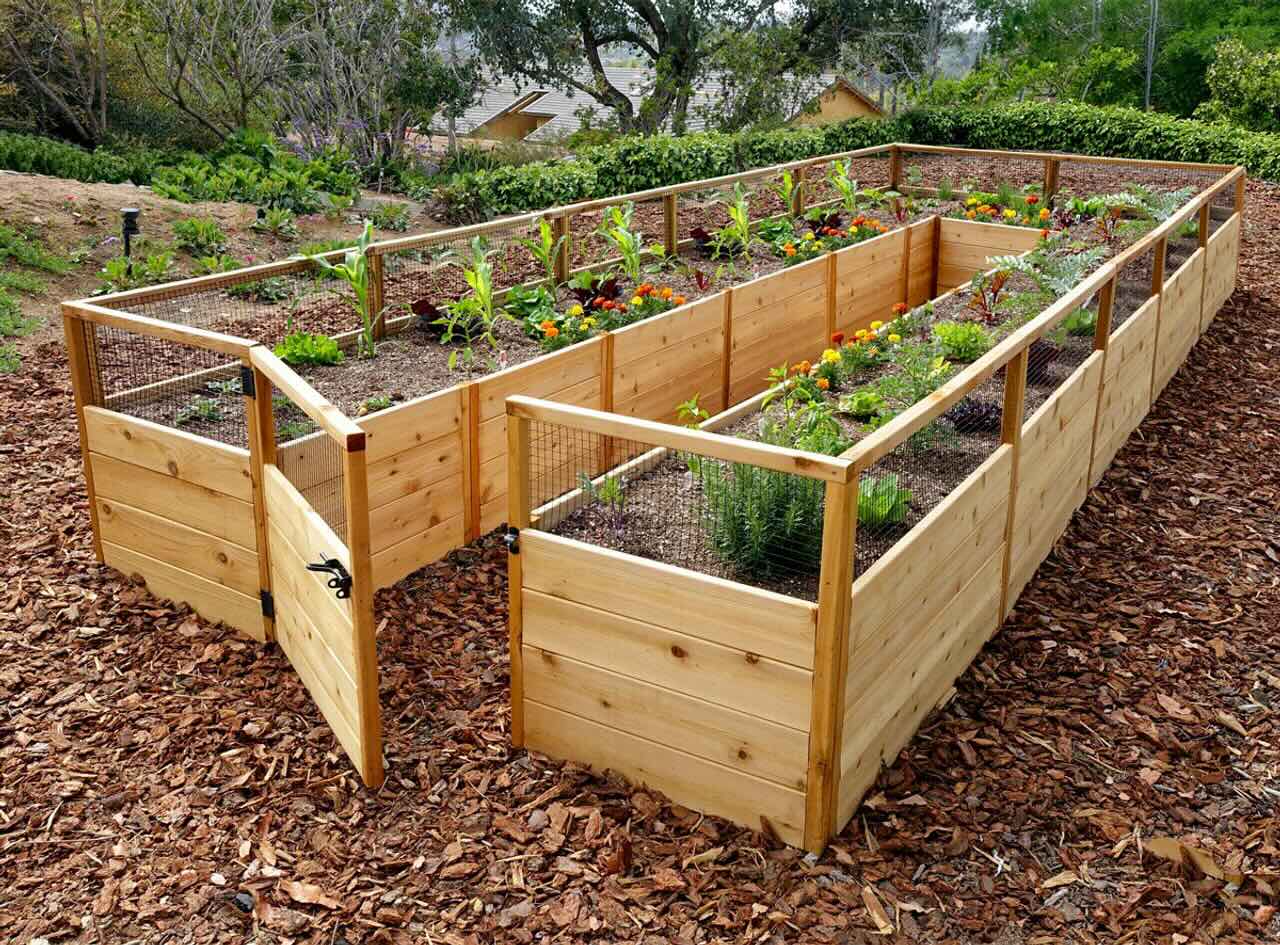
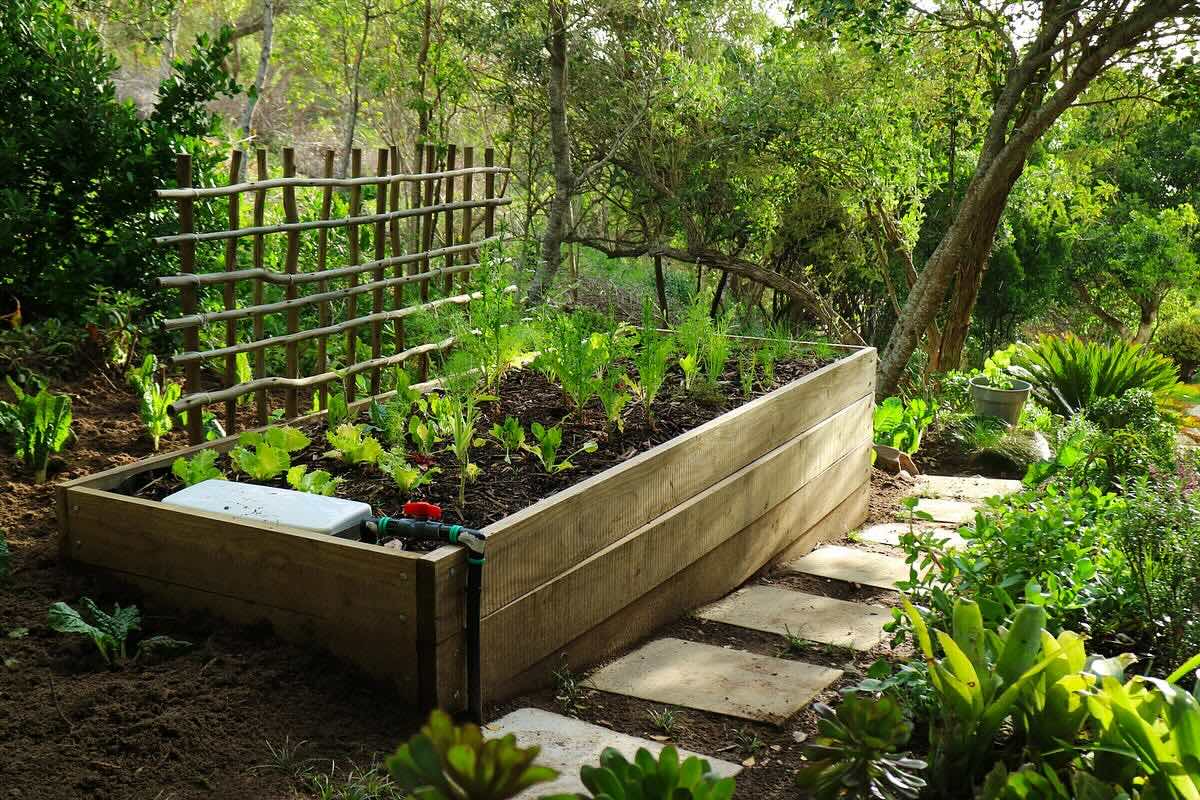
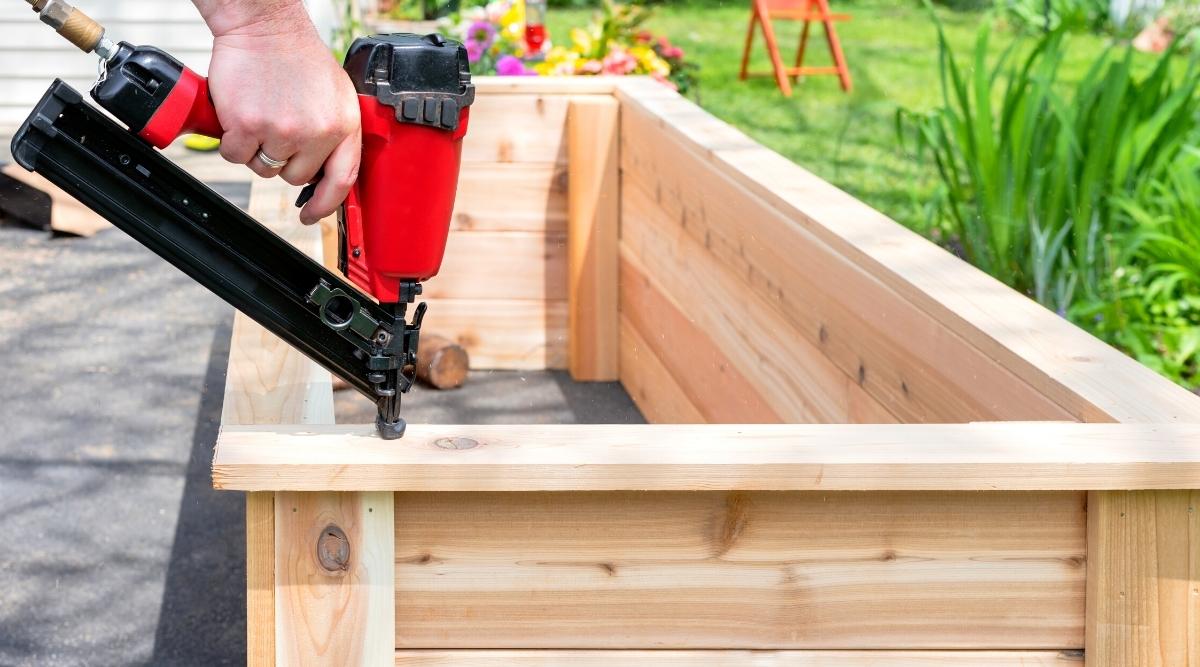
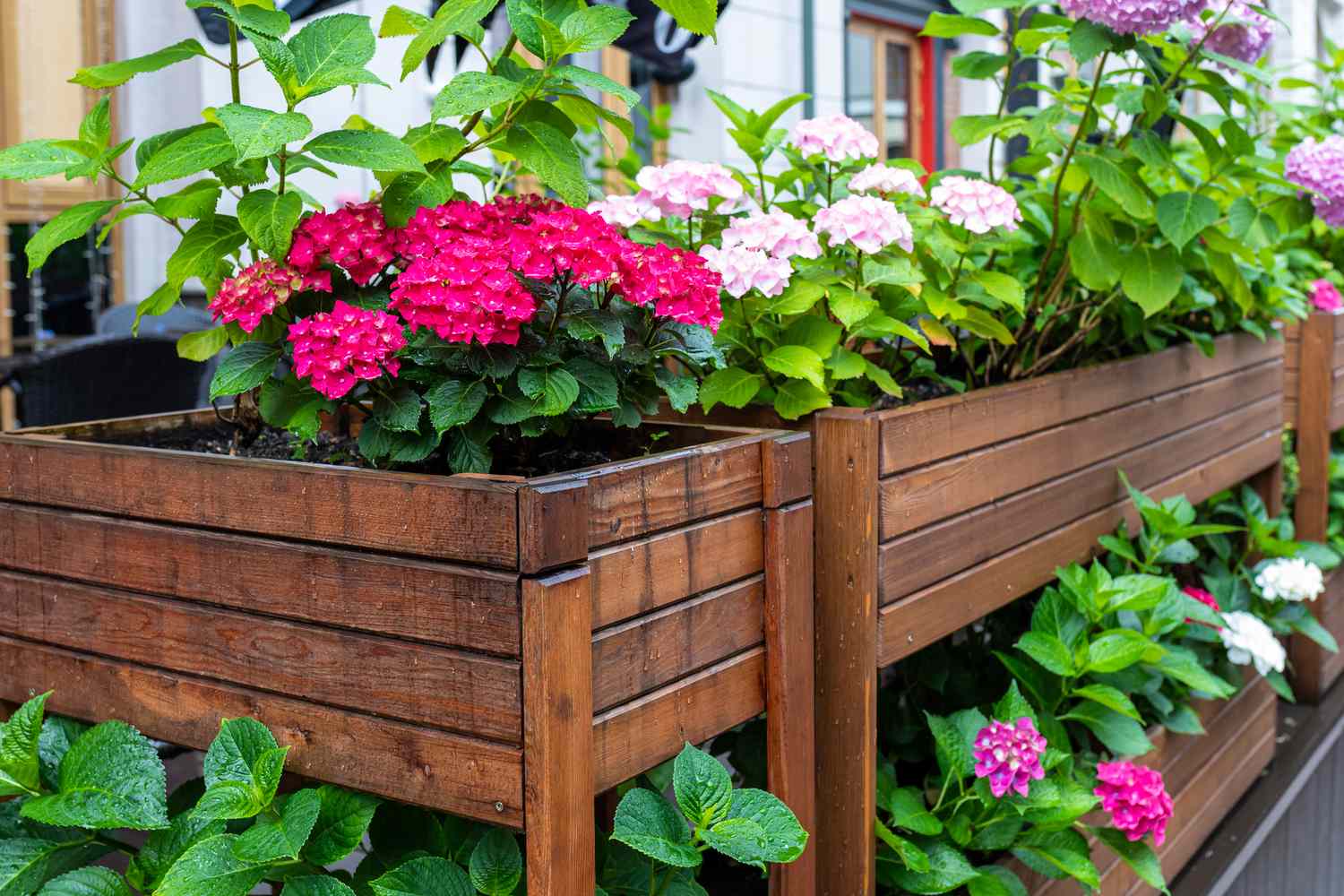
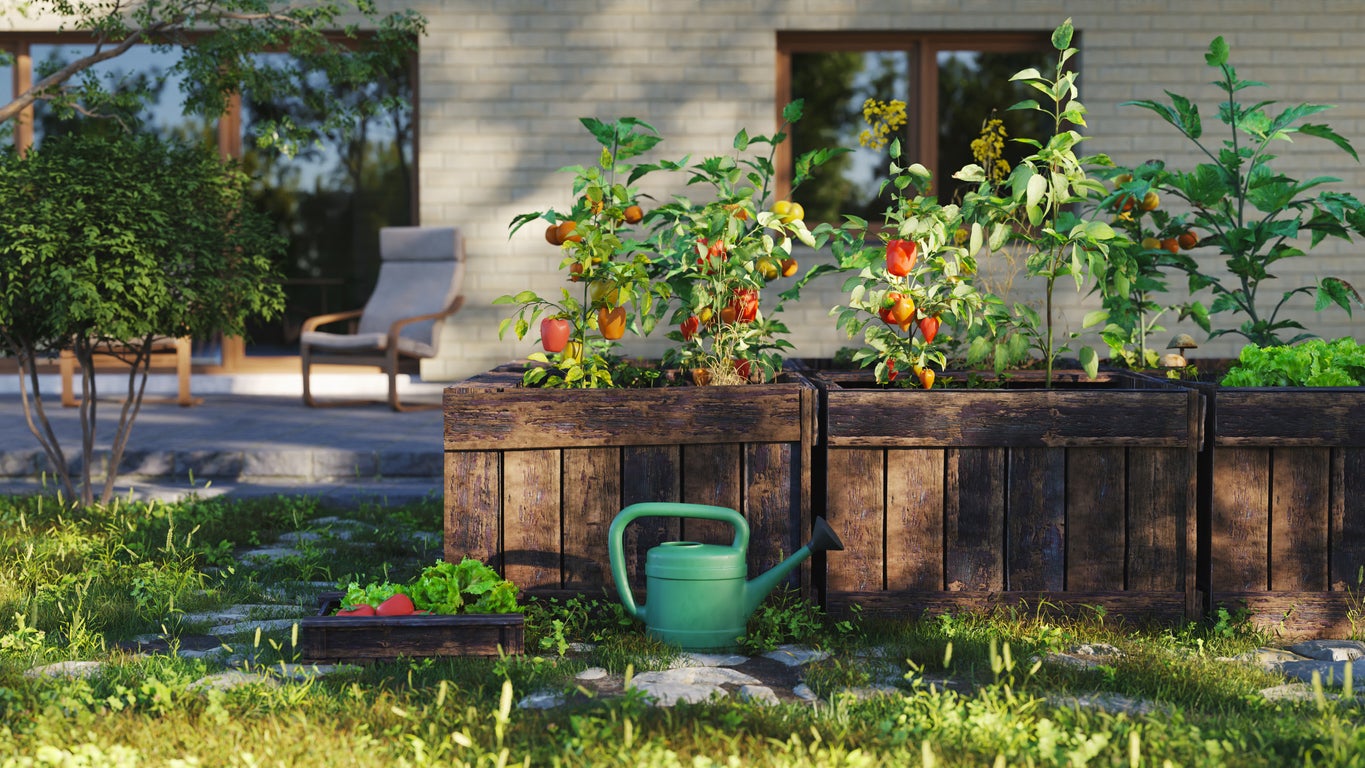
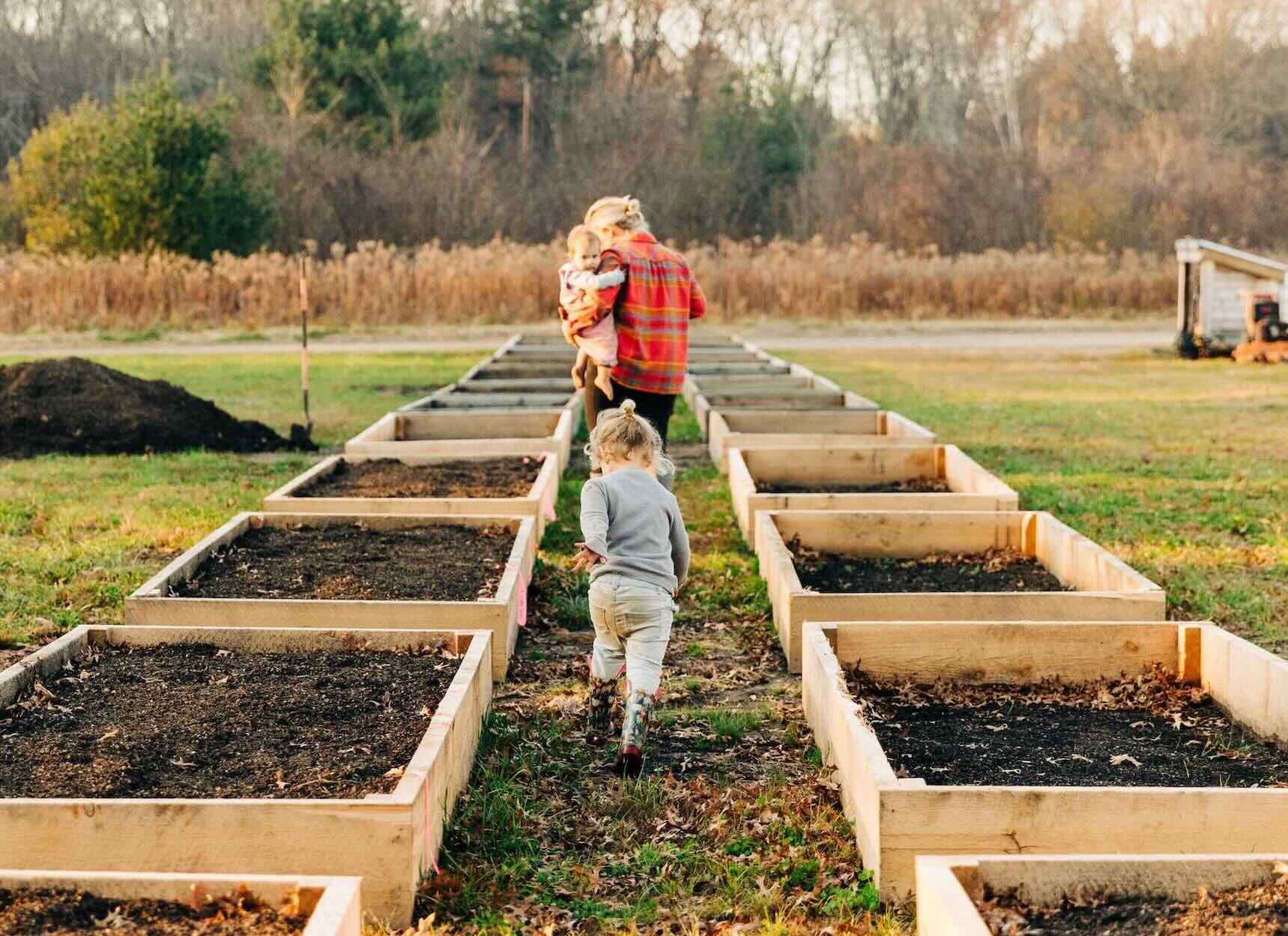
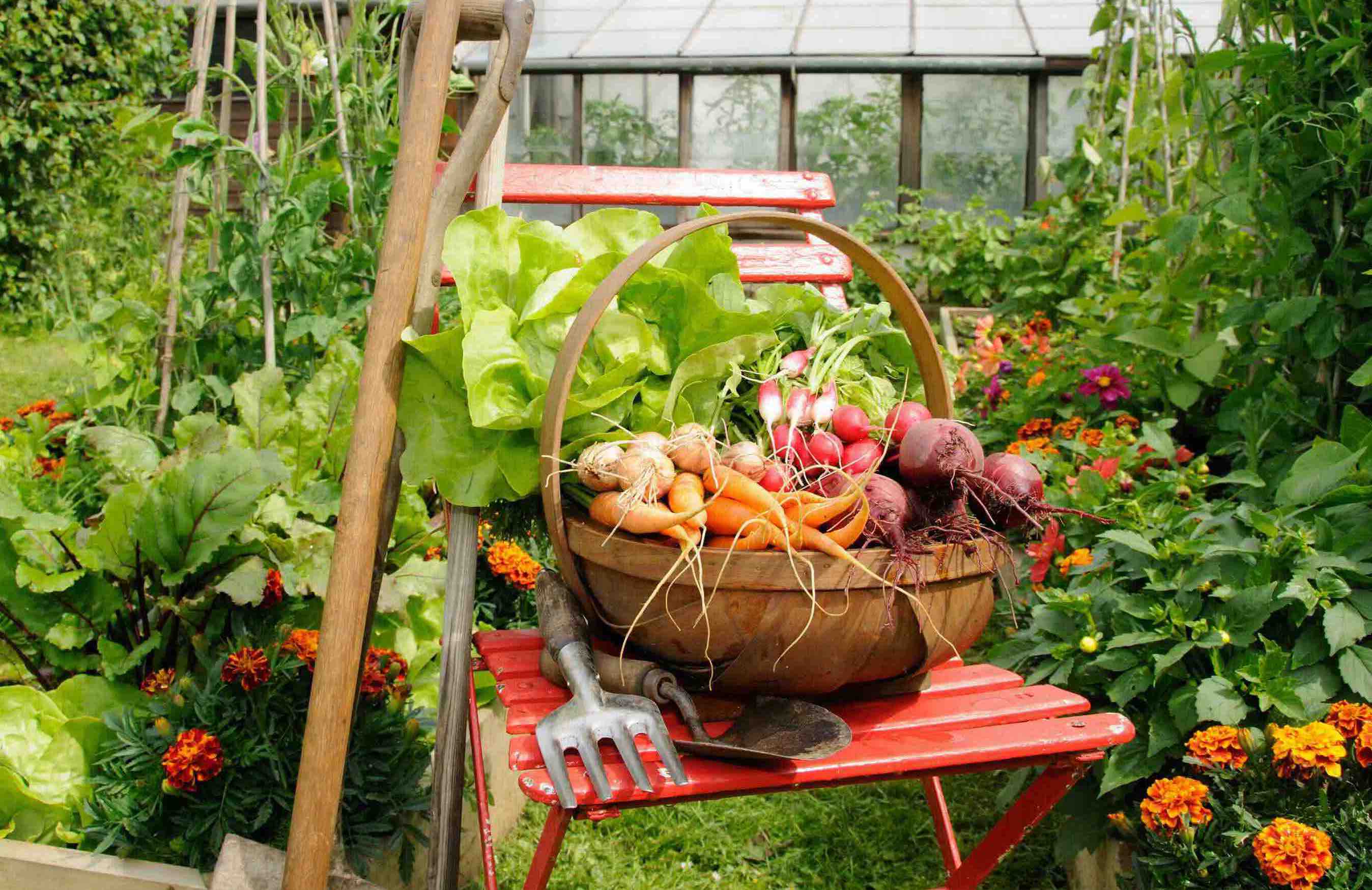
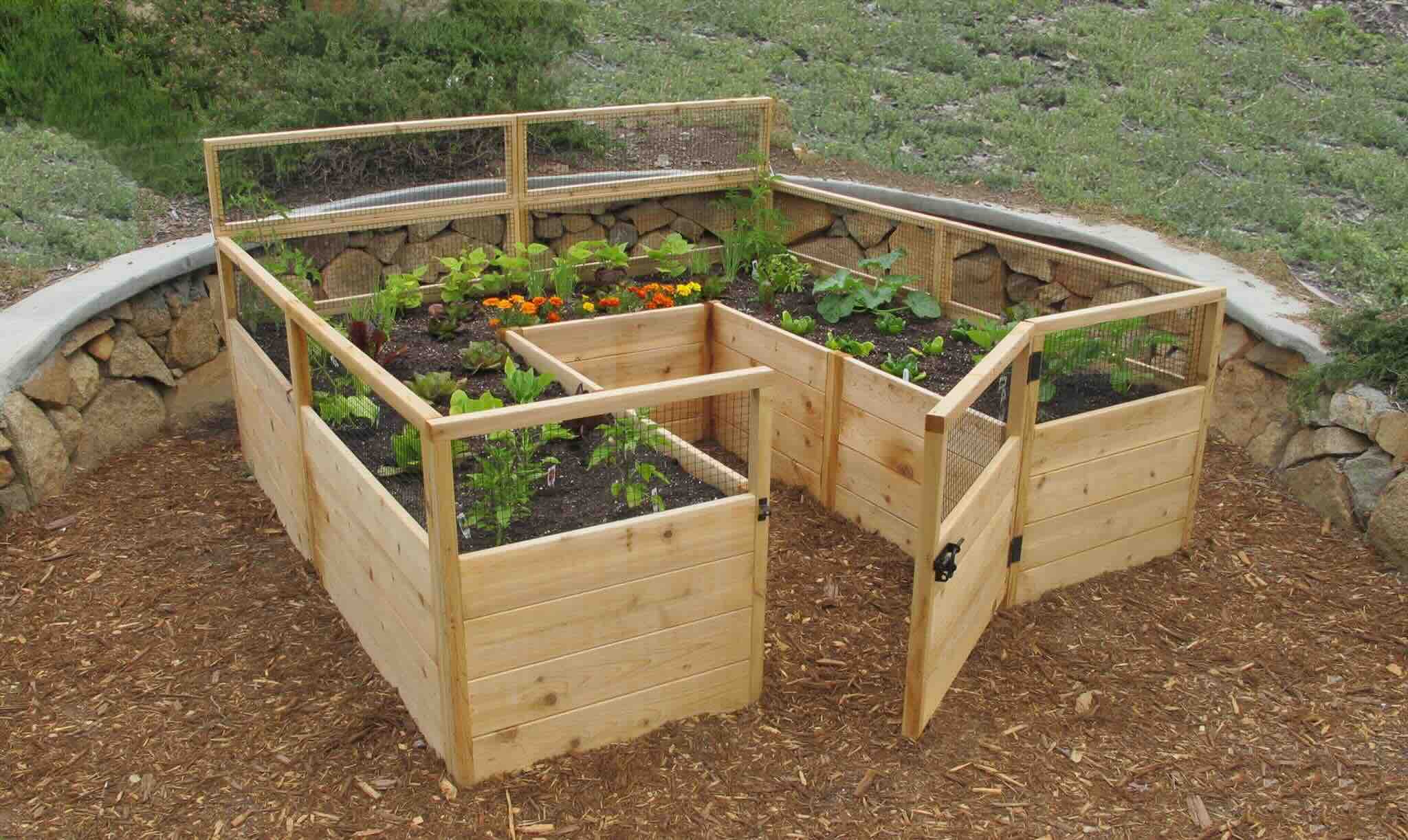
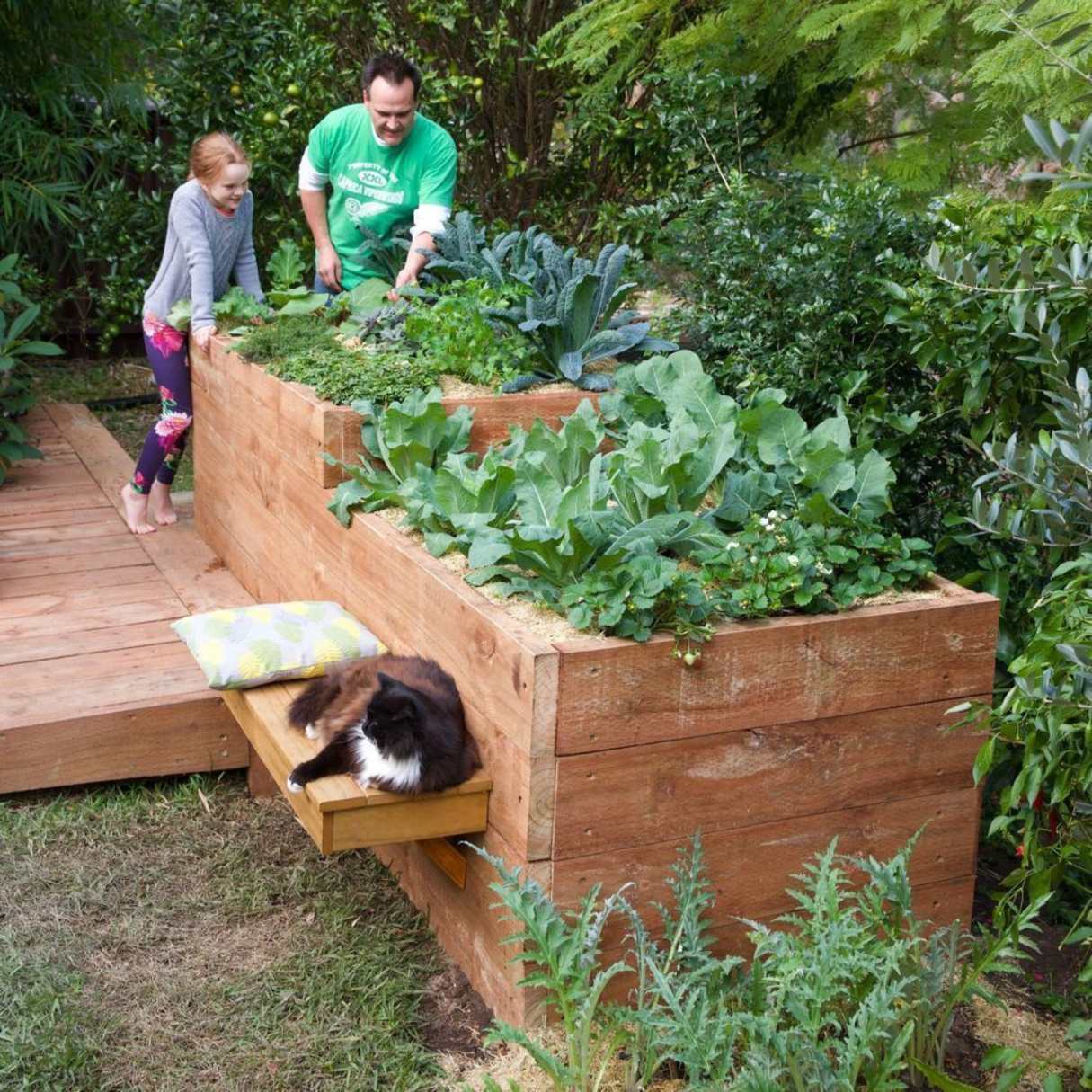
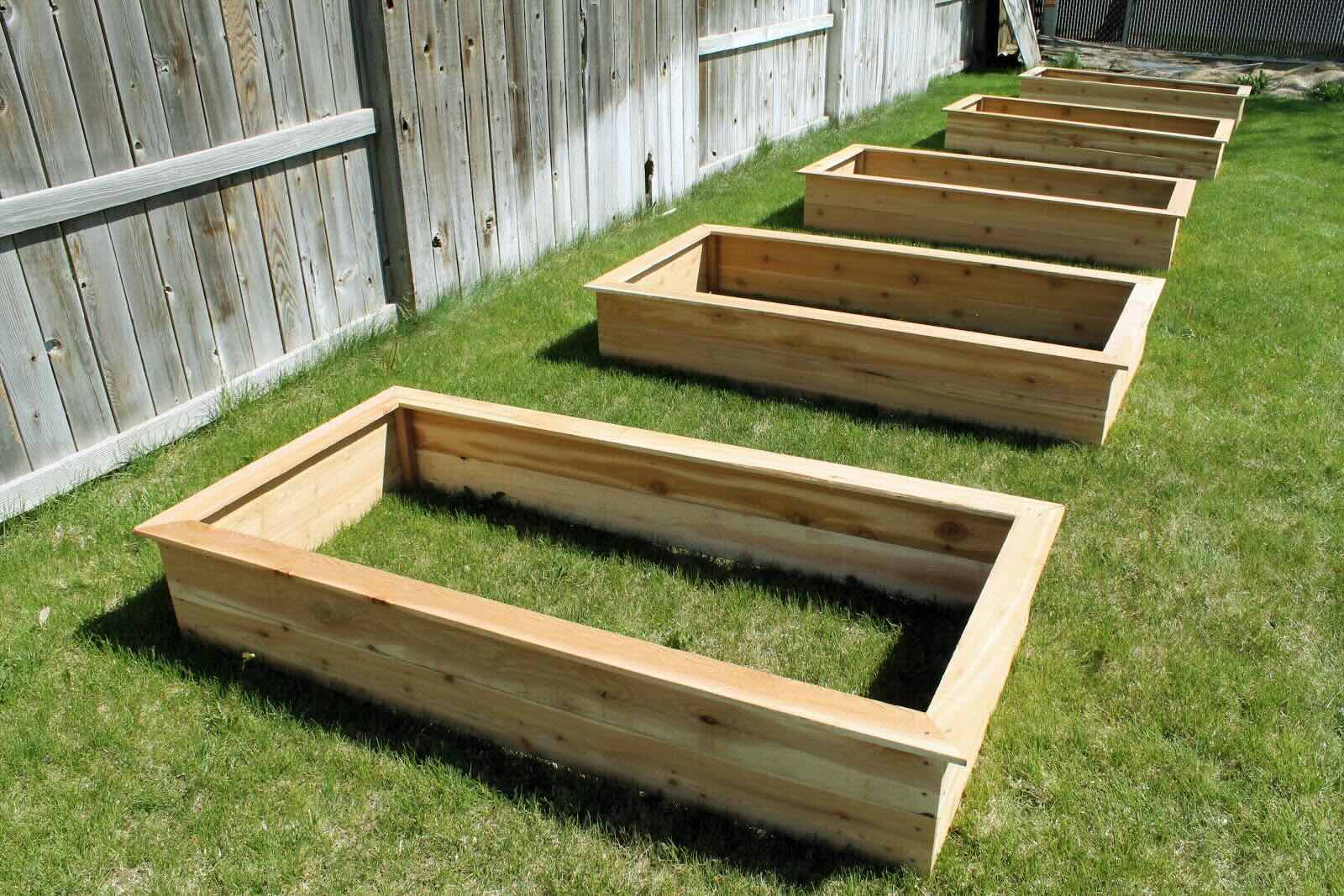
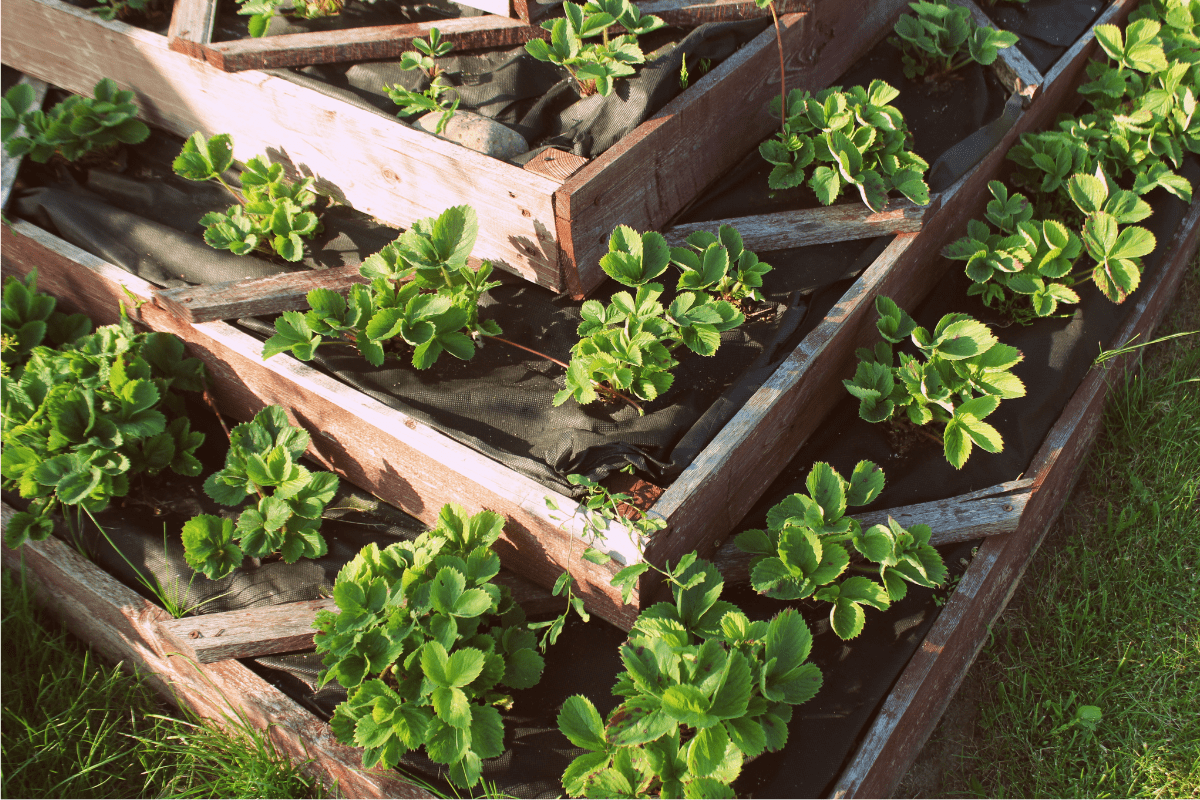
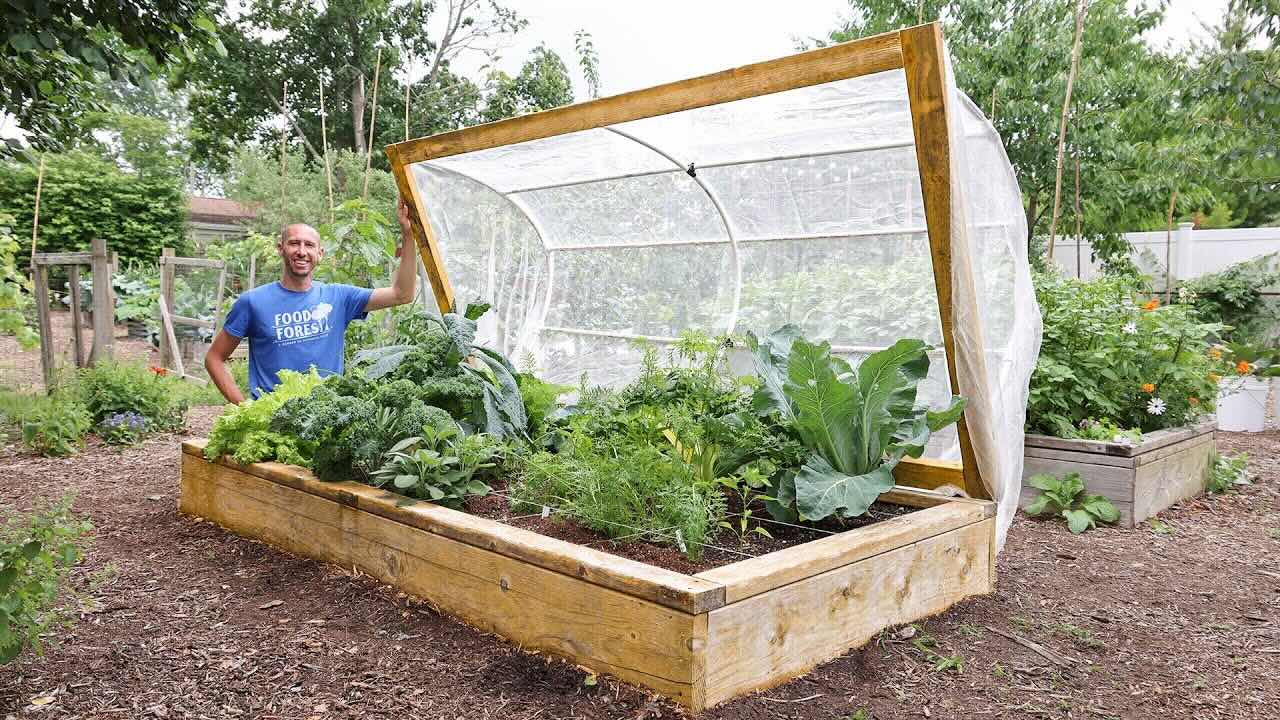
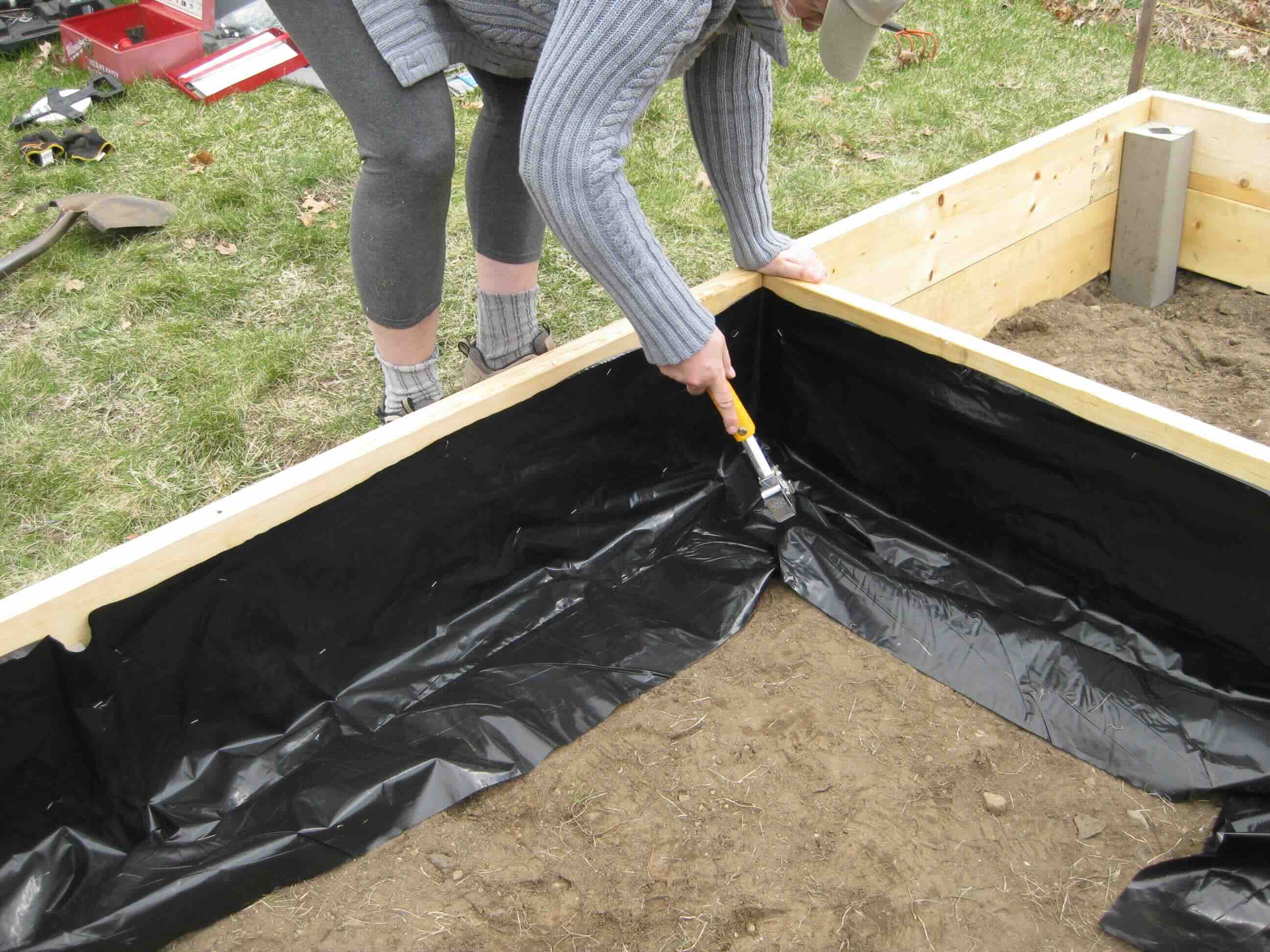

0 thoughts on “How To Raised Garden Bed”